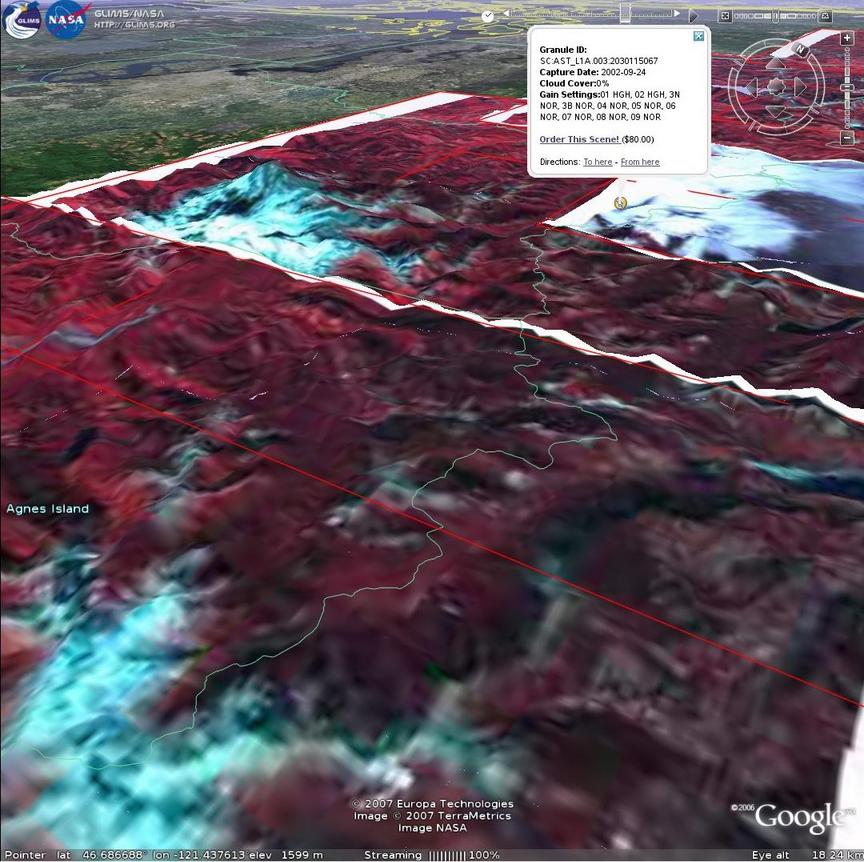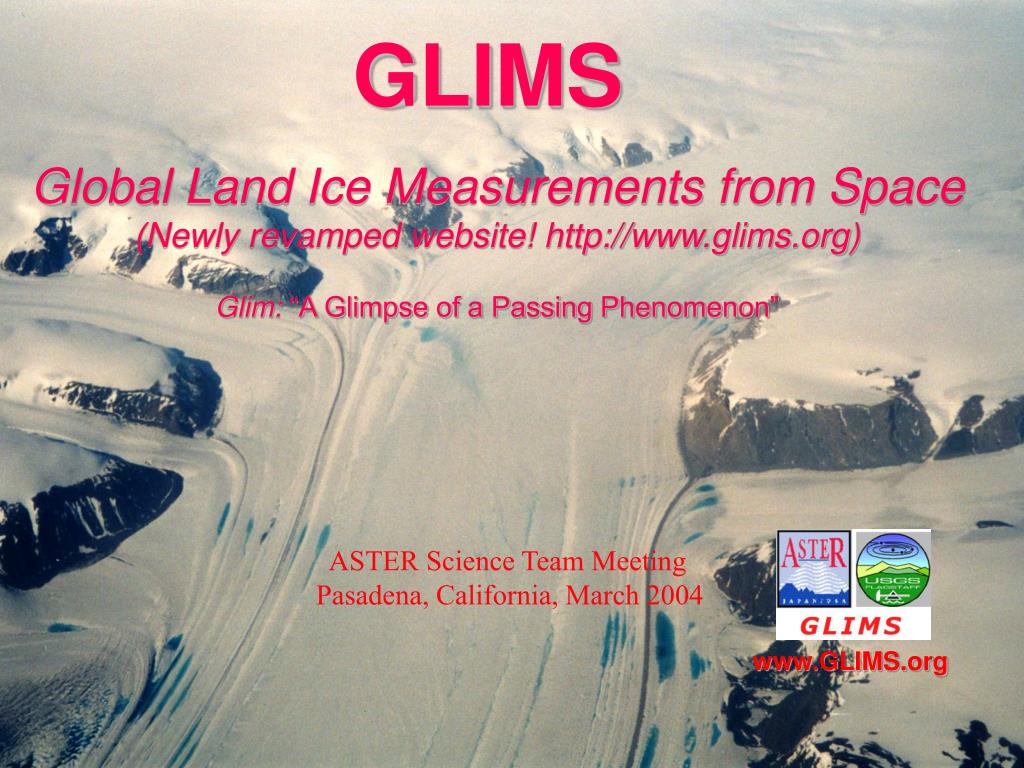

GLIMS can then generate reports for AIRS, net weight, particulate concentrations, scale accuracy, and quality control information. Additionally, full editing features allow the user to manually enter information directly into the database for documentation. The technician can import field sampler data into the database at this time. When filters are returned to the laboratory, each filter is weighed again and the program records the gross weight. Sampler Run Data Sheets are printed to accompany filters out to the field. Temperature and relative humidity information can be viewed in a graphic display, allowing technicians to easily monitor lab conditions. This data can be used for documenting ambient conditions to support quality control reporting. Additionally, the program records temperature and relative humidity in the laboratory, via a data translator. The filter is placed on the scale and the program reads the tare weight of the filter, adding it to the database record.

Developed as a custom solution for a research laboratory, GLIMS is now a commercial product used by State and County Air Quality Management Districts to manage their collection, measurement and reporting of particulate data.įor each filter, GLIMS creates a database record and optionally generates a bar coded label which is applied to a filter container (and can be scanned at any time to recall the database record).
#GLIMS DATA SERIAL#
GLIMS is a comprehensive Gravimetric Laboratory Information System that collects data from particulate dust monitors, reads filter labels via bar codes, records filter weights via a serial interface to a precision scale, collects temperature and humidity data required for quality assurance and creates formatted particulate air quality reports and quality assurance reports required by state and federal agencies.


 0 kommentar(er)
0 kommentar(er)
